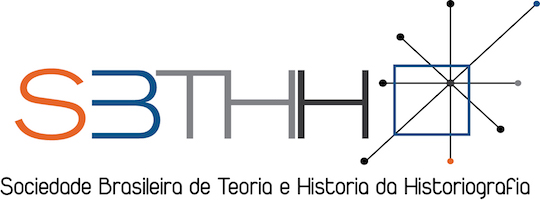Figuralism as an Aesthetic Model of Historical Interpretation: an Analysis of the “Child of Desaparecido” Figure
DOI:
https://doi.org/10.15848/hh.v0i16.839Keywords:
Philosophy of history, Cultural memory, Subjective turnAbstract
In this work I resort to the notion of “Figuralism” to account for the specific intervention of the children of the desaparecidos of the past Argentine dictatorship, in the field of memory discourse. I suggest that this aesthetical understanding of historical events allow us to productively analyze the representations of the children of the desaparecidos of Argentina’s recent past. Indeed, when one considers the figure of the desaparecidos, the children of the desaparecidos can be seen as the fulfillment of this figure. Finally, I analyze two documentary films that allow us to corroborate this suggestion.
Downloads
Downloads
Published
How to Cite
Issue
Section
License
Authors hold the copyrights to the manuscripts submitted. História da Historiografia: International Journal for Theory and History of Historiography is authorized to publish the aforementioned text. Authors are solely responsible for data, concepts and opinions presented in the papers, along with the accuracy of document and bibliographical references.

This work is licensed under a Creative Commons Attribution 4.0 International License.


















